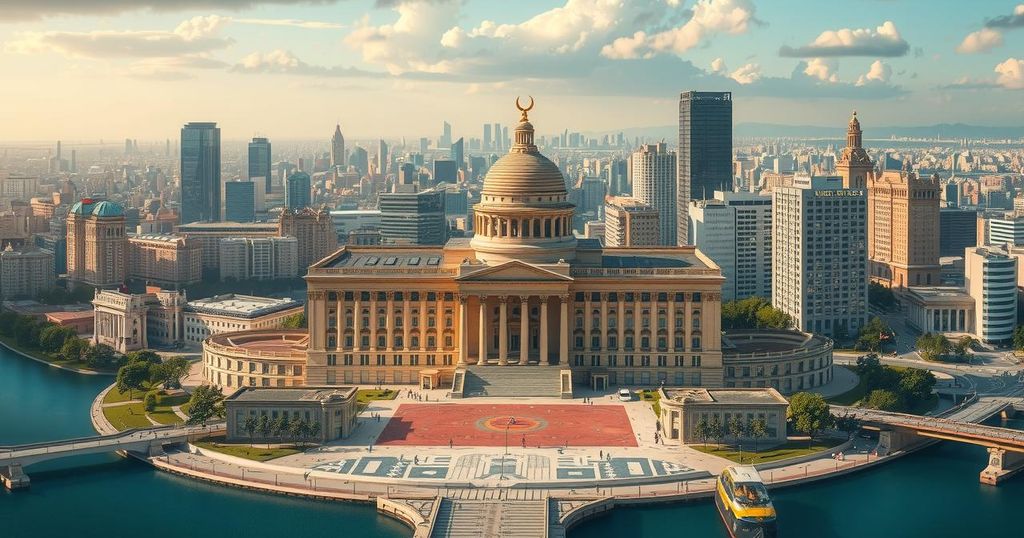Khartoum’s Control Transfers: A New Phase in Sudan’s Civil War

The Rapid Support Forces surrendered control of key locations in Khartoum to the Sudanese Armed Forces, indicating a critical shift in Sudan’s civil war. General Abdel Fattah al-Burhan returned to the capital, claiming victory while the possibility of SAF advancing into Darfur emerges as the conflict evolves.
On March 15, Muhammad Hamdan Dagalo, leader of the Rapid Support Forces (RSF), urged his troops to resist surrender or retreat; however, within days, they relinquished control of the presidential palace in Khartoum to the Sudanese Armed Forces (SAF). By March 26, the SAF successfully regained the central bank and international airport, signaling a decisive turn in the ongoing civil war. Visuals of disoriented RSF fighters retreating westward across the Nile bridge emerged as General Abdel Fattah al-Burhan, the army chief and de facto president, returned to Khartoum after two years, proclaiming the city as “free.”
The conflict in Sudan has undergone a significant change as control of key areas shifts. This development raises the possibility that the national army might advance into Darfur. With the SAF now solidifying its power, the landscape of the civil war may evolve significantly, impacting both local and regional dynamics. As Sudan navigates this new phase, the international community continues to monitor the situation closely for further implications.
The recent power shift in Khartoum marks a critical juncture in Sudan’s civil war, as the SAF reasserts its dominance over the RSF. This change not only highlights the fragility of the RSF’s position but also suggests potential military actions towards regions like Darfur. The evolving situation demands close attention, given its implications for stability in Sudan and the broader region.
Original Source: www.economist.com







